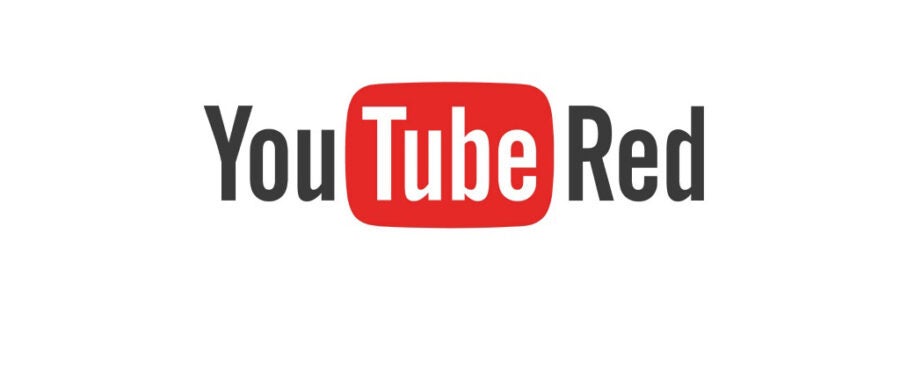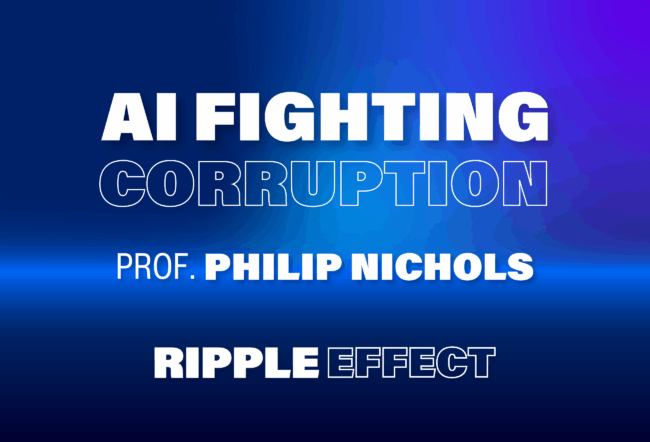Last week, YouTube launched the company’s long-anticipated ad-free monthly subscription service, YouTube Red — a move that may not only affect the streaming video giant’s content creators and users, but also ripple through a number of businesses run by YouTube’s parent company, Google. And the impact of the announcement could reverberate further: YouTube Red may herald a new era of tech companies turning to subscription services as a primary way to generate revenue.
The unveiling of YouTube Red was a “transformational announcement,” says Peter Fader, a Wharton marketing professor and co-director of Wharton’s Customer Analytics Initiative. Google’s move to offer a subscription-based premium service with YouTube Red may open the door to similar moves by other Internet titans, he says. “Google was on the fence for a while with a YouTube subscription. It’s a watershed moment for it to offer paid content,” Fader notes, adding that companies including Twitter and Facebook need to consider taking similar action. “ will be a predominate source of revenue in a few years.”
A Competitive Edge
Google hopes YouTube Red will provide additional revenue and increase the company’s competitive position in the music streaming subscription arena against the likes of Spotify, Pandora and Rdio, as well as the subscription-based streaming video sector where Netflix and Amazon hold dominant positions. The move also strenthens Google’s position against Apple’s recently revamped video and music service, Apple TV.
Moreover, YouTube Red is expected to serve as a retention tool for the increasing number of users who are interested in using — and willing to pay for — services that are free of advertising. The number of people actively using ad blocker extensions with their web browsers soared to 198 million worldwide as of June, a sharp 41% jump over the previous year, according to a study by anti-ad blocker service PageFair.
“YouTube is an established product. When you have a product or service that has value, you charge for it. That’s how business works.” –Peter Fader
With YouTube Red, users will access ad-free videos and music from YouTube websites and apps for $9.99 a month. The service is expected to expand major markets outside the U.S. next year. Subscribers will also gain access to Google Play Music, a $9.99 a month service at no extra cost, as well as the capability to download and save YouTube videos and music for enjoyment offline and also listen to videos while using other apps or while their device screens are turned off.
And starting next year, users will also receive access to original episodic programming and full-length feature movies from some of the most popular YouTube creators. The content creators, in return, will receive compensation based on the engagement users have with their YouTube Red videos and music, and will continue to receive a slice of YouTube’s advertising revenue for their work that appears on YouTube under the original model.
“This is a brilliant idea. It makes total sense,” says Fader. “YouTube is an established product. When you have a product or service that has value, you charge for it. That’s how business works. YouTube has established itself as a valuable service that people will be willing to pay for.”
Google’s ‘Money Machine’
Google will continue to offer the free, ad-supported version of YouTube, which remains an important revenue generator for the company. While non-subscribers won’t get the extra features such as offline viewing, most of the original content available through Red is expected to eventually appear — with ads — on the free service.
Google’s current advertising-based model for YouTube generates significant revenue for the company. “We estimate that Google’s key YouTube asset generated approximately $5 billion in revenue in 2014, positioning Google extremely well for the strong growth in video advertising,” RBC Capital Markets analyst Mark Mahaney wrote in a recent research report.
YouTube has also shown strength in other ways. YouTube visitors have increased their watch time by 60% year to date, marking the fastest growth the service has seen in years, Mahaney noted in his report. Other data points include a 40% increase in YouTube advertisers this year over last year and partner revenue that has increased by 50% year-over-year for the third consecutive year. YouTube’s larger video channels, which pull in at least $100,000 per year, have increased revenue by more than 50% year-over-year, according to Mahaney.
‘A Huge Hurdle to Cross’
Despite users’ desire to avoid online advertising, it’s not guaranteed that they will flock in droves to YouTube Red.
“You almost have to make regular YouTube worse to convince a user to upgrade to YouTube Red, and that’s too risky for YouTube to try.” –Kartik Hosanagar
“While [YouTube] Red will likely be incremental revenue, as opposed to cannibalistic to ad revenue, the challenge of changing ingrained consumer behavior will likely mean the service will have a limited paid [subscriber] base for the foreseeable future,” according to Mahaney.
YouTube executives are cautiously optimistic, according to an Associated Press report. The report notes that they expect advertising revenue to remain YouTube’s main business and are aware it may take some time to achieve significant paid subscriber growth.
Kartik Hosanagar, a Wharton professor of operations, information and decisions, is more skeptical of YouTube Red’s ability to succeed. “We know that consumers pay for subscription media products such as Netflix and Hulu. Further, we know that content owners are willing to be paid for the amount of engagement their content is able to drive,” Hosanagar says. “The primary challenge for YouTube is that it has trained both groups to expect a different model … so it won’t be easy to overcome the inertia among users and content owners. That’s a huge hurdle to cross.”
Additionally, the gap in services between YouTube and YouTube Red is not enough to justify the $9.99 monthly subscription fee, Hosanagar adds. “The ad-free access to Google Music is a nice plus, but it’s not enough. One can already skip lots of the ads on YouTube,” he points out. “You almost have to make regular YouTube worse to convince a user to upgrade to YouTube Red, and that’s too risky for YouTube to try.”
A Gem?
While it’s debatable how many users will ultimately sign up for a YouTube Red subscription, Google hopes the service will help improve the company’s competitive stance in streaming music and streaming video services. It may also aid Google’s TV ecosystem (which includes the Chromecast streaming stick) in the effort to compete with Apple’s television offering, Apple TV. YouTube Red runs on a wide range of devices beyond the web browser including Apple TV, Google’s Chromecast, Roku and many gaming platforms and smart TVs.
“Google was on the fence for a while with a YouTube subscription. It’s a watershed moment for it to offer paid content.” –Peter Fader
According to Mahaney, YouTube Red’s free access to Google Play Music does “denote an increased competitive environment for music services, including Pandora, Spotify and Apple Music.” Google Play Music has a smaller base of subscribers than Spotify’s 20 million and the 6.5 million Apple Music subscribers, sources familiar with the matter told The Wall Street Journal. The company did not comment on subscriber numbers.
While Spotify charges $9.99 per month for an ad-free music subscription, YouTube Red’s monthly subscription fee also includes videos and, eventually, original programming. It’s these additional services that will make YouTube Red’s monthly fee seem like “nothing,” Fader notes.
Meanwhile, Mahaney said that YouTube Red “is arguably an alternative to Netflix, though we doubt it will have much of an impact on Netflix. Finally, the $9.99 pricing arguably provides support for Netflix’s recent price increase.” In October, Netflix increased the price of its most popular streaming plan to $9.99 for new customers in the U.S., Canada and parts of Latin America. The company already implemented a similar price increase in Europe earlier this year.
Pinar Yildirim, a professor of marketing at Wharton, notes that YouTube also has an advantage over Netflix and Amazon in that it can offer a massive database of user-generated content from how-to videos to lectures to personal videos and amateur movies. “YouTube paired with legal professional content offerings can certainly steal some business from Netflix,” Yildirim says. More importantly, a new crop of subscribers could enhance the wealth of data Google already has on its users, analysts note.
“For Google, offering a paid streaming service, a service where individuals can tune in professionally, as well as user generated content, is a gem,” Yildirim says. “It will allow the company to earn revenues from both advertising and subscription fees, while possibly making it more attractive for owners of professionally created content, such as TV series, movies and music videos, to offer their content without hesitation of cannibalizing their own product.”



